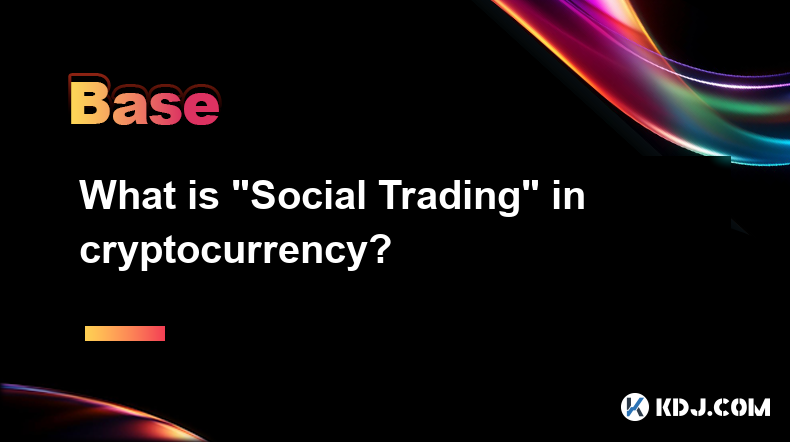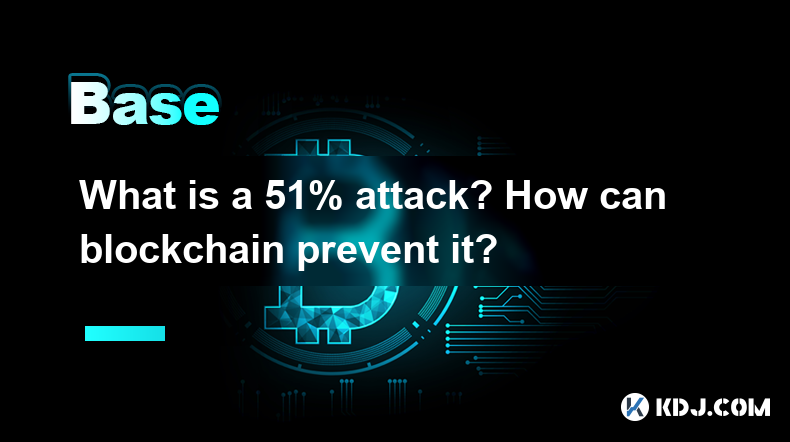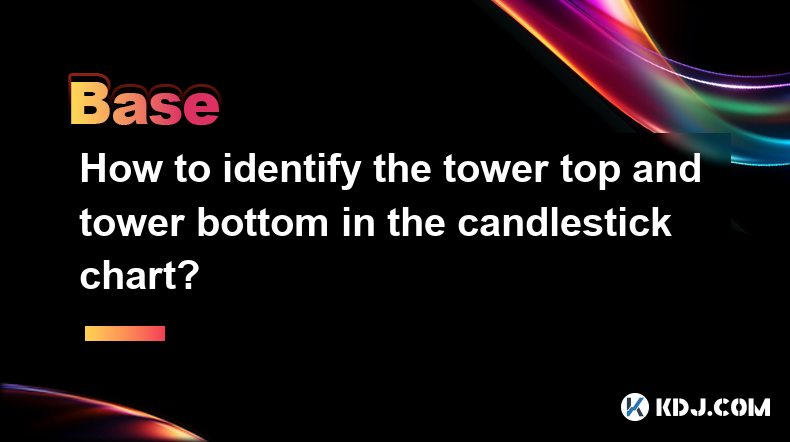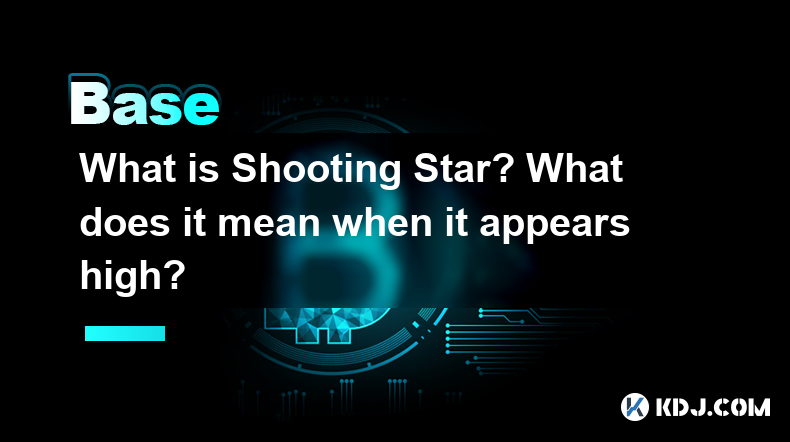-
 Bitcoin
Bitcoin $81,801.3998
-4.88% -
 Ethereum
Ethereum $1,783.4899
-5.99% -
 Tether USDt
Tether USDt $0.9995
0.00% -
 XRP
XRP $2.0414
-4.17% -
 BNB
BNB $587.6986
-2.45% -
 USDC
USDC $0.9999
0.03% -
 Solana
Solana $115.2385
-10.95% -
 Dogecoin
Dogecoin $0.1582
-8.40% -
 Cardano
Cardano $0.6402
-6.21% -
 TRON
TRON $0.2358
-0.95% -
 Toncoin
Toncoin $3.5762
-9.76% -
 UNUS SED LEO
UNUS SED LEO $9.3946
-0.30% -
 Chainlink
Chainlink $12.6270
-8.73% -
 Stellar
Stellar $0.2571
-4.44% -
 Avalanche
Avalanche $17.9106
-6.91% -
 Sui
Sui $2.2118
-10.25% -
 Shiba Inu
Shiba Inu $0.0...01214
-3.68% -
 Hedera
Hedera $0.1605
-7.04% -
 Polkadot
Polkadot $4.0102
-2.57% -
 Litecoin
Litecoin $82.1077
-4.40% -
 MANTRA
MANTRA $6.3939
-0.80% -
 Bitcoin Cash
Bitcoin Cash $293.5150
-4.57% -
 Dai
Dai $0.9998
0.02% -
 Bitget Token
Bitget Token $4.4590
-2.70% -
 Ethena USDe
Ethena USDe $0.9994
-0.05% -
 Pi
Pi $0.5769
-14.95% -
 Monero
Monero $209.6337
-5.00% -
 Hyperliquid
Hyperliquid $11.4631
-15.12% -
 Uniswap
Uniswap $5.7471
-7.46% -
 Aptos
Aptos $4.9953
-6.98%
What is "Social Trading" in cryptocurrency?
Social trading in crypto lets users follow and copy successful traders, reducing the learning curve but carrying risks like following the wrong trader or platform issues.
Apr 02, 2025 at 03:36 am

Understanding Social Trading in the Crypto World
Social trading, in the context of cryptocurrency, leverages the collective wisdom and trading strategies of a community. It allows users to follow, copy, or even interact with the trades of more experienced or successful cryptocurrency traders. This offers both a learning opportunity for novices and a potential shortcut to profits for those seeking to replicate successful strategies. However, it's crucial to remember that past performance doesn't guarantee future success. Risk management remains paramount.
How Does Social Trading Work?
Social trading platforms act as intermediaries, connecting traders with each other. These platforms typically offer features like leaderboards, allowing users to identify top-performing traders. Users can then choose to follow these "influencers," mirroring their trades automatically or manually. Some platforms offer a copy-trading feature, where a user's trades are automatically replicated in proportion to their investment. Others provide a more hands-off approach, allowing users to observe and learn from the strategies employed.
Choosing a Social Trading Platform
Selecting a suitable platform is critical. Consider factors such as the platform's reputation, security measures, the diversity of cryptocurrencies offered, and the transparency of its trading data. Check for user reviews and testimonials to gauge the platform's reliability and overall user experience. Remember that not all platforms are created equal, and some may charge fees or commissions.
The Benefits of Social Trading
- Reduced Learning Curve: Social trading significantly reduces the steep learning curve associated with cryptocurrency trading. Beginners can learn by observing experienced traders.
- Access to Expertise: It provides access to the knowledge and strategies of successful traders, potentially leading to better investment decisions.
- Diversification of Strategies: Users can follow multiple traders, diversifying their investment approaches and reducing overall risk.
- Community Engagement: Many platforms foster a sense of community, allowing users to interact, share ideas, and learn from each other.
The Risks of Social Trading
- Following the Wrong Trader: Not all successful traders maintain their performance consistently. Following a trader who experiences a downturn can lead to significant losses.
- Lack of Transparency: Some platforms may not be fully transparent about their trading data or the performance metrics of their traders.
- High Risk of Losses: Despite the potential benefits, cryptocurrency trading is inherently risky. Social trading doesn't eliminate this risk; it merely offers a different approach.
- Platform Dependence: Your success is dependent on the platform's stability and functionality. Technical issues or platform failures can severely impact your trades.
Step-by-Step Guide to Getting Started
- Research and Select a Platform: Thoroughly investigate various social trading platforms, comparing their features, fees, and user reviews. Prioritize platforms with a strong reputation and robust security measures.
- Create an Account: Once you've chosen a platform, create an account and complete the necessary verification procedures. Ensure you understand the platform's terms and conditions.
- Fund Your Account: Deposit funds into your account using a secure method. Only deposit funds you can afford to lose.
- Identify Traders to Follow: Browse the platform's leaderboards and profiles to find traders with a consistent track record. Don't solely rely on past performance; consider the trader's strategy and risk tolerance.
- Start Copying or Following: Begin copying or following the chosen traders, adjusting your investment amount according to your risk tolerance. Monitor your trades closely and adjust your strategy as needed.
Different Approaches within Social Trading
Some platforms allow for manual copying, where you can selectively choose which trades to mirror. Others offer automated copy trading, where your trades are automatically replicated. The level of control varies depending on the platform and your chosen settings. Understanding the differences is crucial for managing risk effectively. Remember, even with automated systems, monitoring your portfolio is essential.
Legal and Regulatory Aspects
The regulatory landscape surrounding social trading in cryptocurrency is still evolving. Different jurisdictions have varying regulations. It's crucial to understand the legal requirements in your region before engaging in social trading. Ensure the platform you choose is compliant with relevant regulations. Understanding tax implications is also vital.
Social Trading vs. Traditional Crypto Trading
Social trading offers a different approach compared to traditional, independent cryptocurrency trading. Traditional trading requires in-depth market research and analysis, while social trading leverages the expertise of others. Both methods carry inherent risks, and the choice depends on your experience level, risk tolerance, and trading goals.
Frequently Asked Questions
Q: Is social trading suitable for beginners?
A: Yes, social trading can be beneficial for beginners as it allows them to learn from experienced traders and reduce the learning curve. However, understanding the risks is crucial.
Q: How can I choose a reputable social trading platform?
A: Look for platforms with strong security measures, transparent trading data, positive user reviews, and a good reputation within the cryptocurrency community.
Q: What are the potential risks associated with social trading?
A: Risks include following unsuccessful traders, lack of transparency, platform dependence, and the inherent volatility of the cryptocurrency market.
Q: Can I make money through social trading?
A: While social trading offers the potential for profit, it also carries significant risk. Past performance is not indicative of future results. Profit is not guaranteed.
Q: Are there fees associated with social trading?
A: Many platforms charge fees, either for copying trades, using the platform's services, or through other means. Review the fee structure carefully before using any platform.
Q: Is social trading regulated?
A: The regulatory landscape for social trading in cryptocurrency varies across jurisdictions. Check the regulations in your region and ensure the platform you choose is compliant.
Disclaimer:info@kdj.com
The information provided is not trading advice. kdj.com does not assume any responsibility for any investments made based on the information provided in this article. Cryptocurrencies are highly volatile and it is highly recommended that you invest with caution after thorough research!
If you believe that the content used on this website infringes your copyright, please contact us immediately (info@kdj.com) and we will delete it promptly.
- title: Bitcoin (BTC) Staring Primed to Move a Leg Up as Technical Indicators Remain Bullish: Analyst
- 2025-04-04 04:25:11
- The Truth Behind Crypto Presales – A Good Investment To Turn $300 Into Millions?
- 2025-04-04 04:25:11
- SUI Signals Bullish Reversal: Rally Expected if Price Closes Above This Key Level
- 2025-04-04 04:20:12
- Rexas Finance (RXS) Tokenizes Real-World Assets, Opening New Markets for Crypto Investors
- 2025-04-04 04:20:12
- 5 Crypto Projects That Are Quickly Gaining Attention This April
- 2025-04-04 04:15:11
- Ruvi AI (RUVI) Is Turning Heads as It Promises to Be the Game-Changing Platform for Decentralized AI and Blockchain Integration
- 2025-04-04 04:15:11
Related knowledge

Why is the oracle called the bridge between blockchain and the real world?
Apr 04,2025 at 04:00am
The concept of an oracle in the cryptocurrency and blockchain world is crucial for understanding how these decentralized systems interact with external data. The oracle is often referred to as the bridge between blockchain and the real world because it serves as a vital intermediary that fetches, verifies, and transmits off-chain data to the on-chain en...

What is a 51% attack? How can blockchain prevent it?
Apr 04,2025 at 02:08am
A 51% attack is a significant threat to the security and integrity of a blockchain network. In this type of attack, a single entity or group gains control of more than half of the network's mining power or hash rate. This control allows the attacker to manipulate the blockchain by double-spending coins, preventing the confirmation of new transactions, o...

Why can the inverted hammer shape appear at the bottom be used as a reversal signal?
Apr 03,2025 at 04:07pm
Inverted Hammer is a common K-line pattern in technical analysis, and is often regarded as a potential reversal signal when it appears at the bottom. This article will explore in detail why an inverted hammer line may be a reversal signal when it appears at the bottom, and provide specific identification and application methods. Basic characteristics of...

How to identify the tower top and tower bottom in the candlestick chart?
Apr 03,2025 at 04:03pm
In K-line chart analysis, 'Tower Top' and 'Tower Bottom' are two important reversal patterns and are usually used to predict changes in price trends. Identifying these patterns requires careful observation of the price trend and the pattern characteristics of the K-line. Below we will introduce in detail how to identify the 'tower to...

What is Shooting Star? What does it mean when it appears high?
Apr 03,2025 at 03:56pm
In cryptocurrency trading, technical analysis is an important tool to help traders predict future trends of the market. Among them, Shooting Star is a common bearish reversal pattern. This article will give you more details on what 'Shooting Star' is and what it means when it appears at a high level. The definition of 'Shooting Star'Shoo...

What is the difference between dark cloud cover and piercing shape?
Apr 03,2025 at 03:50pm
In the world of cryptocurrency trading, technical analysis is one of the important tools traders use to predict market trends and make trading decisions. Among them, 'Dark Cloud Cover' and 'Piercing Pattern' are two common reversal patterns, which have specific appearance and meaning on the K-line chart. Although they seem similar, there...

Why is the oracle called the bridge between blockchain and the real world?
Apr 04,2025 at 04:00am
The concept of an oracle in the cryptocurrency and blockchain world is crucial for understanding how these decentralized systems interact with external data. The oracle is often referred to as the bridge between blockchain and the real world because it serves as a vital intermediary that fetches, verifies, and transmits off-chain data to the on-chain en...

What is a 51% attack? How can blockchain prevent it?
Apr 04,2025 at 02:08am
A 51% attack is a significant threat to the security and integrity of a blockchain network. In this type of attack, a single entity or group gains control of more than half of the network's mining power or hash rate. This control allows the attacker to manipulate the blockchain by double-spending coins, preventing the confirmation of new transactions, o...

Why can the inverted hammer shape appear at the bottom be used as a reversal signal?
Apr 03,2025 at 04:07pm
Inverted Hammer is a common K-line pattern in technical analysis, and is often regarded as a potential reversal signal when it appears at the bottom. This article will explore in detail why an inverted hammer line may be a reversal signal when it appears at the bottom, and provide specific identification and application methods. Basic characteristics of...

How to identify the tower top and tower bottom in the candlestick chart?
Apr 03,2025 at 04:03pm
In K-line chart analysis, 'Tower Top' and 'Tower Bottom' are two important reversal patterns and are usually used to predict changes in price trends. Identifying these patterns requires careful observation of the price trend and the pattern characteristics of the K-line. Below we will introduce in detail how to identify the 'tower to...

What is Shooting Star? What does it mean when it appears high?
Apr 03,2025 at 03:56pm
In cryptocurrency trading, technical analysis is an important tool to help traders predict future trends of the market. Among them, Shooting Star is a common bearish reversal pattern. This article will give you more details on what 'Shooting Star' is and what it means when it appears at a high level. The definition of 'Shooting Star'Shoo...

What is the difference between dark cloud cover and piercing shape?
Apr 03,2025 at 03:50pm
In the world of cryptocurrency trading, technical analysis is one of the important tools traders use to predict market trends and make trading decisions. Among them, 'Dark Cloud Cover' and 'Piercing Pattern' are two common reversal patterns, which have specific appearance and meaning on the K-line chart. Although they seem similar, there...
See all articles






















































































